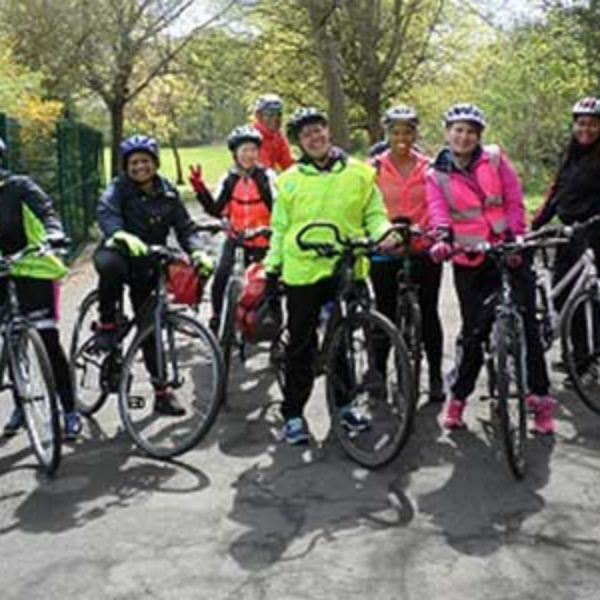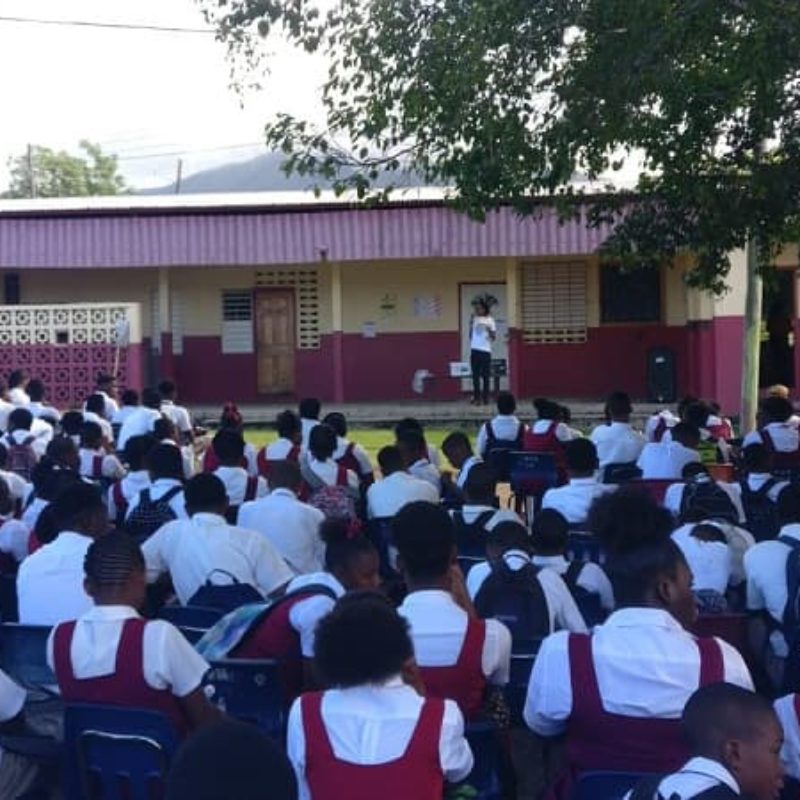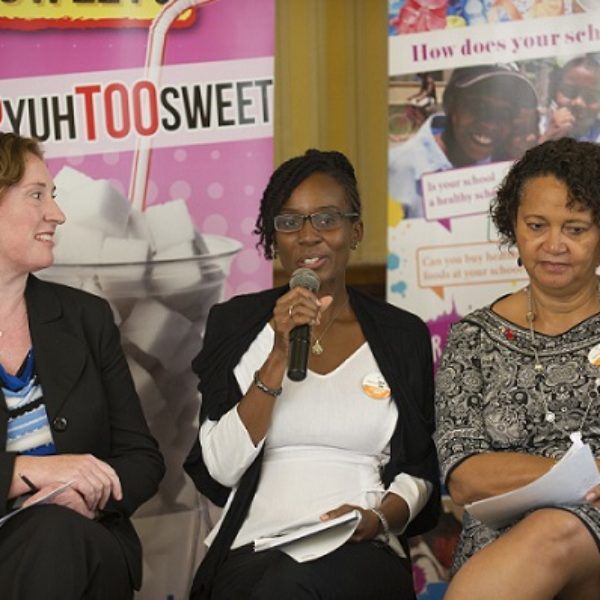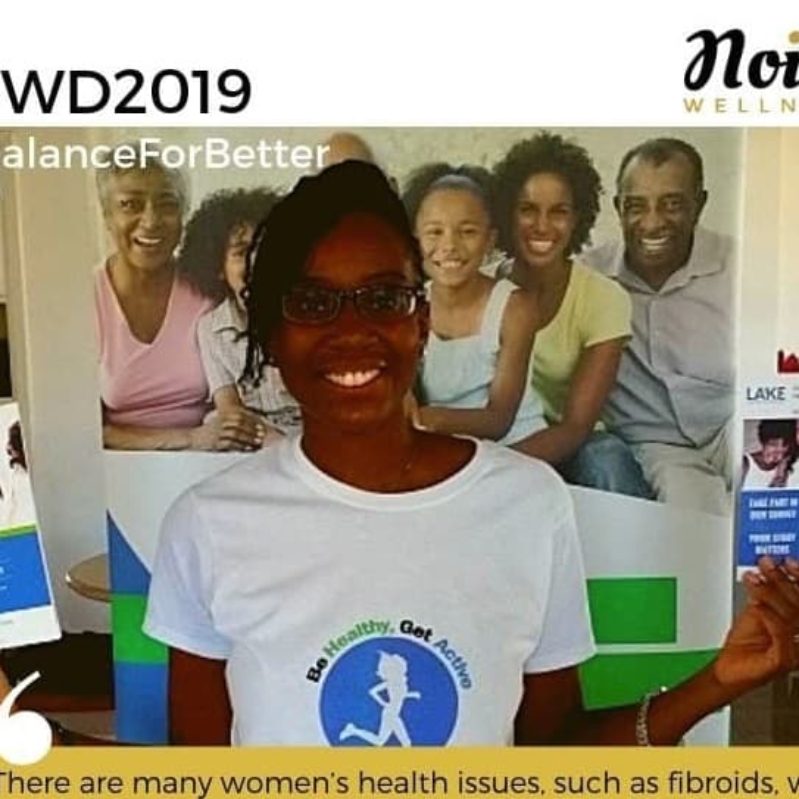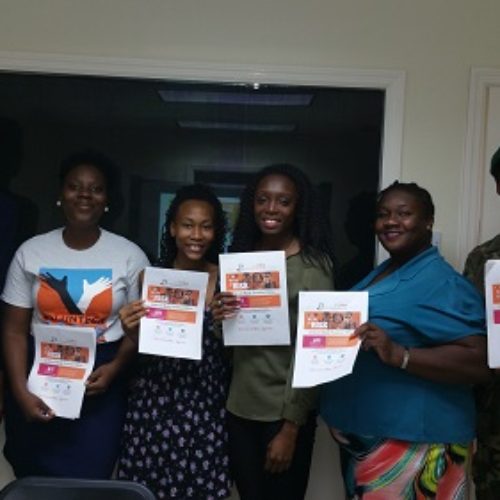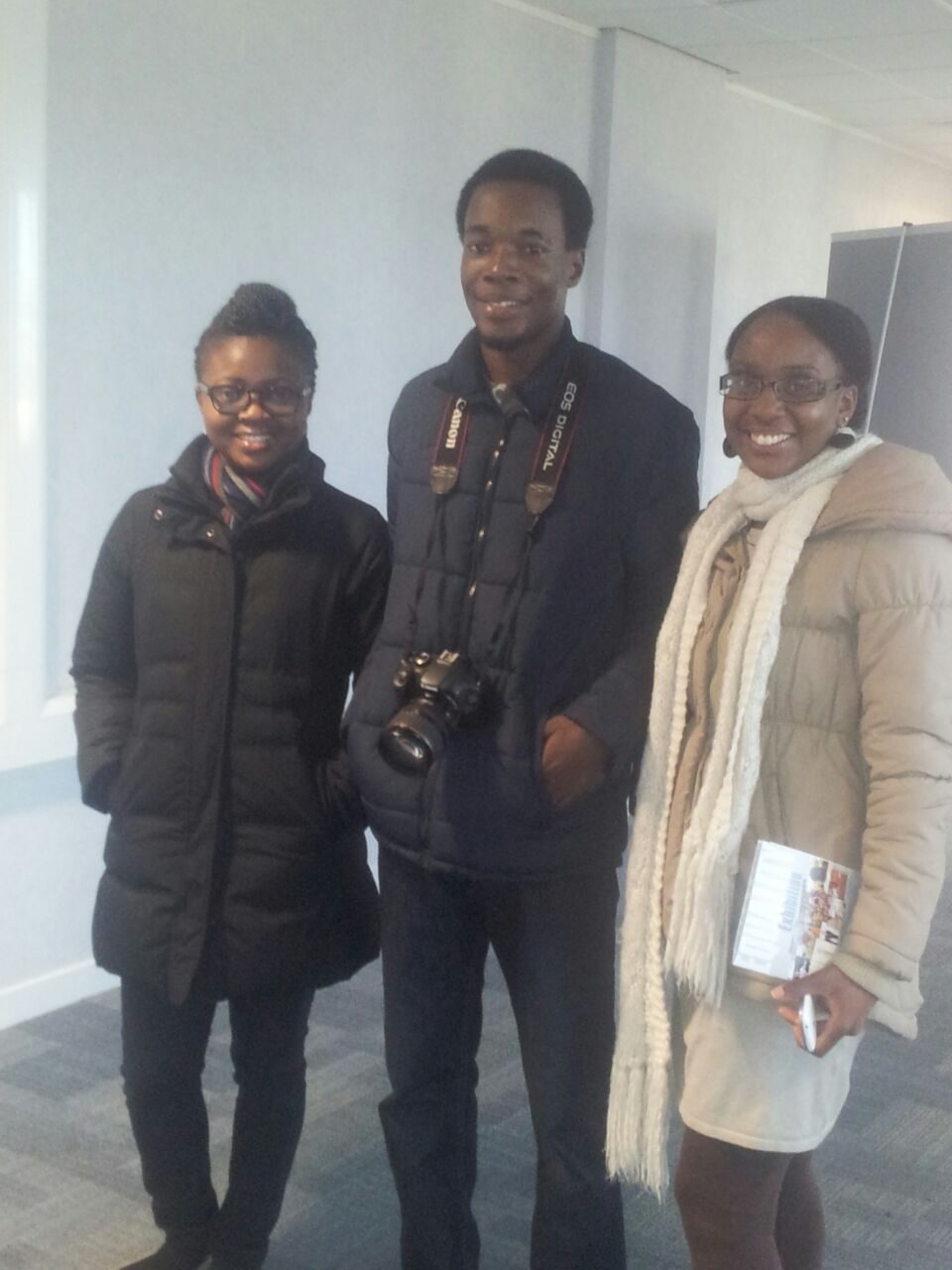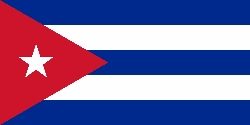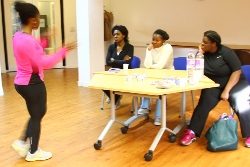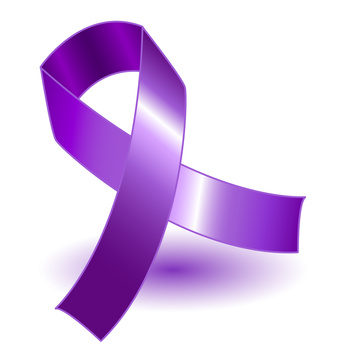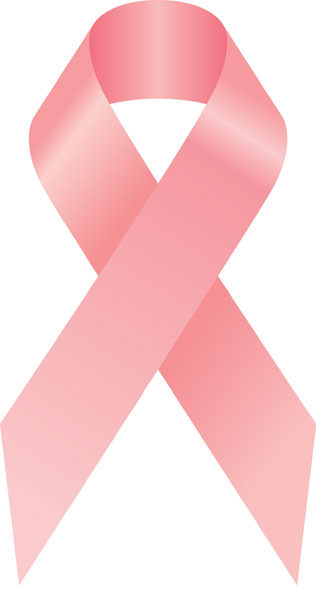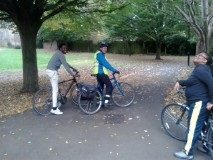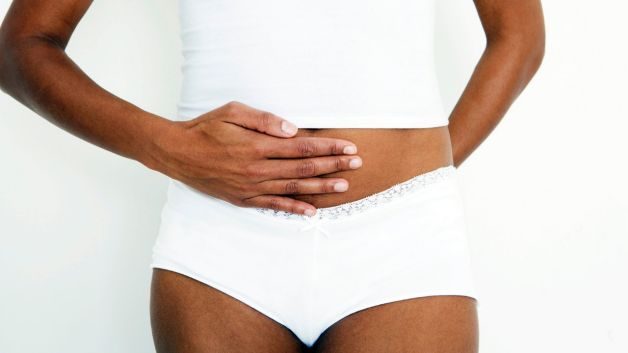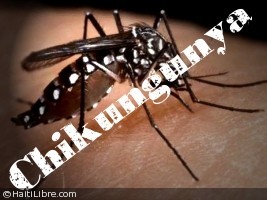Eyo by Abidemi Sanusi – A look at child trafficking and sex slavery
We’ve just finished reading ‘Eyo’ by Abidemi Sanusi, a Nigerian author we had the pleasure of meeting at the African Literary Evening.
Eyo is an excellent, but a heart-breaking book that highlights, very vividly, the issue of child trafficking and sex slavery.
The book tells the story of 10-year old Eyo who is born into abject poverty in Nigeria where she lives with her parents and two siblings in the slums on the swampy marshes of the Lagos Lagoon.
Eyo is trafficked to the UK with her uncle to escape life in the slums with promises of receiving an education and bettering her life. Unfortunately, this is not to be as she finds herself trapped with a cruel family as a domestic servant and then sold into sexual slavery.
Because of the subject matter, this book is hard to read but at the same time you just can’t put it down. The story unfolds in a very interesting and captivating way and gives a disturbing insight into this horrible industry.
What struck me about this book was that it really demonstrates the consequence of not addressing the inequalities that exist in the world. At the root of this issue of child trafficking and sex slavery seems to be poverty.
Poverty means that families desperate to break free of the poverty cycle become vulnerable and easily tricked and exploited by those in the industry and become trapped in a world that can be impossible to escape from.
Another thing that struck me from the book was inaction. There were several points in the book where people noticed that something wasn’t quite right with Eyo and could have intervened and saved her but fear of offending or jeopardising their own peaceful life crippled them, leaving poor Eyo to endure the horrors for much longer than she should have done.
Another painful issue in the book was that some of the abuse Eyo suffered was at the hands of family members as well as women who themselves have children.
Even though this book was fiction it tells of the reality that many young people face and something desperately needs to be done about it. At the end of the book, we are encouraged to take action and support organisations like Stop the Traffik and Africans Unite Against Child Abuse. Please do visit the websites of these organisations to find out more about what can be done to help.
This was an excellent book that raises awareness of an important issue and was shortlisted for the 2010 Commonwealth Writers’ Prize.
“….outstanding commentary on the conditions that make life in home countries unbearable, the casual cruelties meted out on strangers as they travel, and the indifference that sustains it all’ – Judging panel on Eyo, Commonwealth Writers’ Prize 2010
This book is definitely worth reading and can be purchased on Amazon

